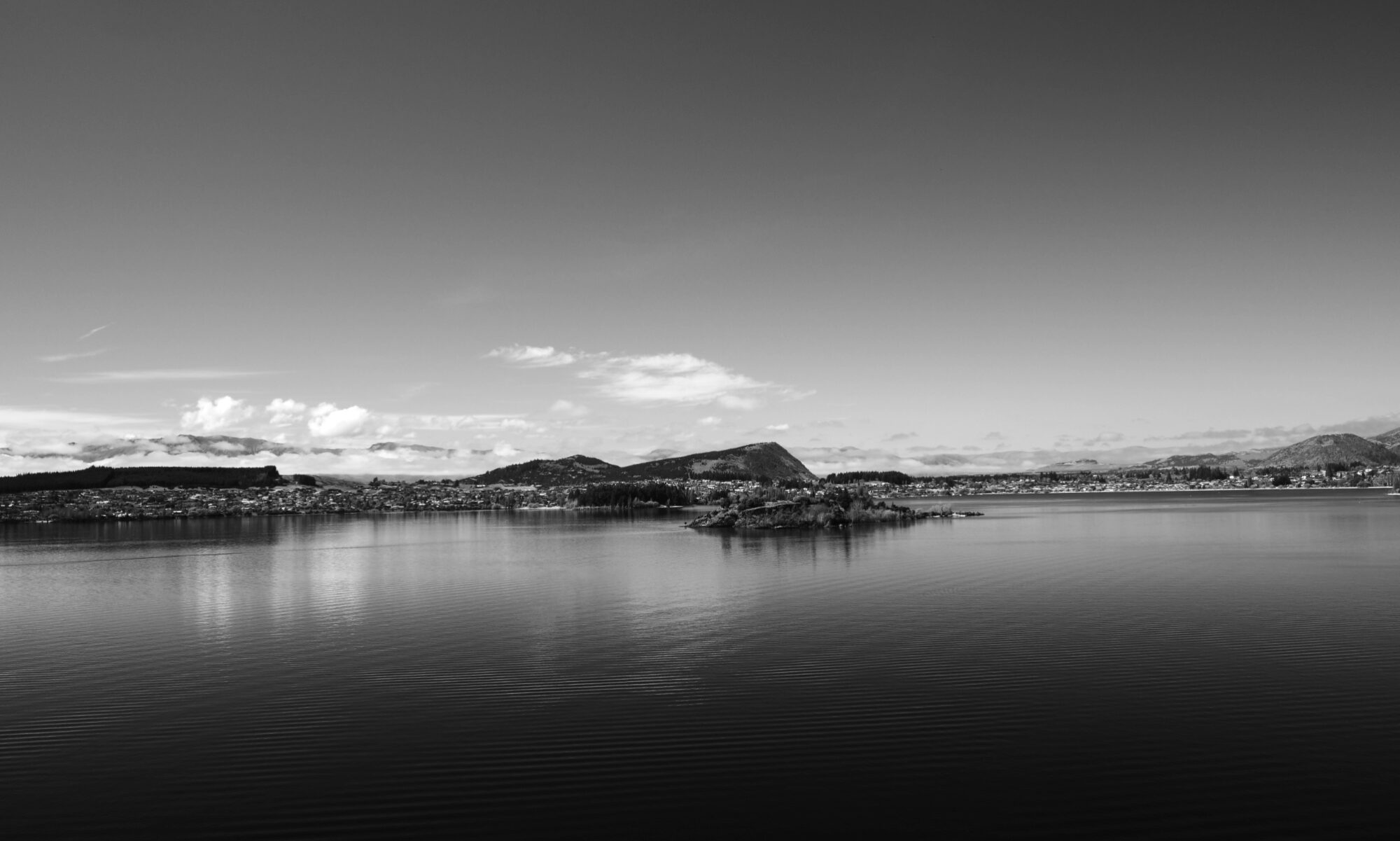Introduction
As winter spreads its icy fingers across the landscape, it unveils a realm of ethereal beauty that awaits the keen eye of a photographer. Capturing the essence of this magical season can be a captivating endeavor, especially when exploring the juxtaposition of fog, hoar frost, and the radiant sun in semi-urban, rural and recreational settings. In this blog post, we embark on a visual journey through the lens of a camera, discovering the unique concepts and techniques that elevate winter photography to an art form.

Embracing the Mystical Fog:
In a semi-urban setting, when the winter fog envelops the surroundings, photography takes on an almost mystical quality. The limited visibility adds an element of intrigue and mystery to familiar landscapes. Compose your shots with leading lines to draw the viewer’s gaze deeper into the foggy abyss, guiding them through the hidden beauty that lurks within. Experiment with monochromatic tones to emphasize the stark contrasts and evoke a hauntingly beautiful mood in your photographs.

To make the most of this atmospheric phenomenon, consider using a shallow depth of field to create a sense of depth and focus on the immediate subjects that emerge from the mist.


Macro photography can unlock a world of intricate details as the frost crystals form mesmerising patterns on leaves, branches, and other surfaces.
Capturing Hoar Frost’s Delicate Touch:
On frosty mornings, nature gifts us with an exquisite display of hoar frost delicately cloaking every surface. To capture this wondrous phenomenon, venture out early when the frost is at its peak, glistening under the soft light of dawn. Use a tripod to ensure sharpness and stability, and seek out contrasting backgrounds that allow the frost to stand out with stunning clarity. Play with exposure settings to achieve the right balance between the frost’s sparkle and the ambient light, giving your images an enchanting and dreamlike quality.

Dancing with the Winter Sun:
When the winter sun finally breaks through the shroud of fog, it bathes the world in a warm and golden glow, transforming the landscape into a breathtaking spectacle. The key to capturing this magic lies in understanding how light interacts with the environment during winter. Embrace the golden hour and blue hour, the times just before sunrise and after sunset, to infuse your images with a soft and enchanting light. Leverage long shadows and silhouettes to create dramatic and evocative compositions.

Suggested Gear List:
- Insulated Jacket and Layers: Invest in a high-quality insulated jacket designed for cold weather. Dress in layers, so you can easily adjust your clothing based on the temperature fluctuations throughout the day.
- Warm Hat and Gloves: A good beanie or hat that covers your ears is essential to retain body heat. Additionally, thermal gloves or mittens will keep your hands warm and dexterous while shooting.
- Thermal Underwear and Socks: Keep your body and feet warm with thermal underwear and thick, moisture-wicking socks to avoid discomfort from the cold.
- Waterproof and Windproof Outerwear: A durable and waterproof outer shell will protect you from snow, rain, and wind. Look for breathable materials to prevent sweat buildup.
- Sturdy Winter Boots: Invest in waterproof and insulated boots with good traction to navigate slippery terrain and keep your feet dry and warm.
- Hand Warmers: Disposable hand warmers can be a lifesaver in extremely cold conditions. Keep some in your pockets or camera bag for quick warmth.
- Dry Bags: Use dry bags or waterproof camera bags to protect your camera gear from snow, rain, and moisture.
- Lens Cloth and Cleaning Kit: Cold weather can cause condensation on your lenses, so carry a lens cloth and a cleaning kit to ensure clear and crisp shots.
- Tripod Leg Warmers: In extremely cold temperatures, tripod legs can become uncomfortably cold to handle. Tripod leg warmers or foam covers can mitigate this issue.
- Extra Batteries: Batteries drain faster in the cold, so carry extra fully charged batteries for your camera and any other battery-powered equipment.
- Plastic Bags: Keep a few resealable plastic bags in your gear kit. They can be used to protect your camera in case of sudden snow or rain.
- Headlamp or Flashlight: Winter days are shorter, and you might find yourself shooting in low light conditions. A headlamp or flashlight will help you navigate safely.
- Snacks and Water: Carry some energy-boosting snacks and a water bottle to stay hydrated and keep your energy levels up during your winter adventures.
- Navigation Tools: In remote areas, where GPS might not be reliable, bring a map and compass to navigate effectively.
- First Aid Kit: Always carry a basic first aid kit in case of any injuries or emergencies.
- Don’t forget to ensure your vehicle is fit for the purpose of winter driving. And be familiar with driving to the conditions.
- Tell someone where you will be going and when you expect to return (and don’t forget to advise them you have!). Even better carry a personal locator beacon.
Remember, winter photography can be physically demanding, so taking care of your well-being is crucial. Proper preparation and the right gear will help you focus on capturing stunning winter images without compromising your safety and comfort.
Conclusion:
Winter photography in any setting, shrouded in fog and adorned with hoar frost, offers a treasure trove of opportunities for photographers seeking to capture the enchantment of the season. Through careful composition, a mastery of light, and a keen eye for detail, you can elevate your photographs from mere images to captivating works of art that evoke the winter’s mystical charm. So, grab your camera, embrace the elements, and embark on a photo quest to immortalise the fleeting beauty of winter’s embrace.







